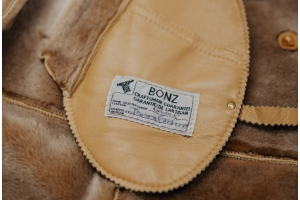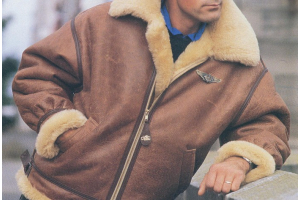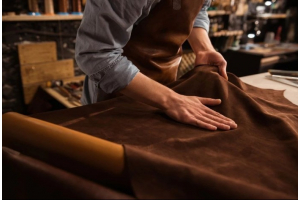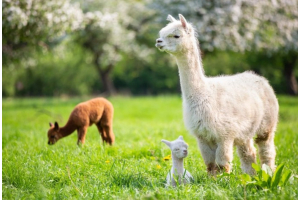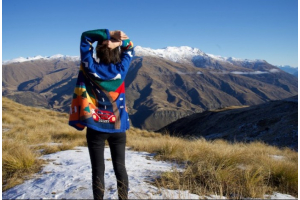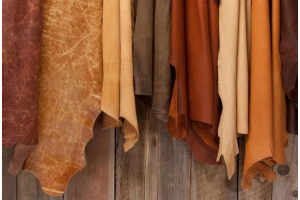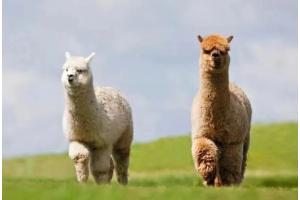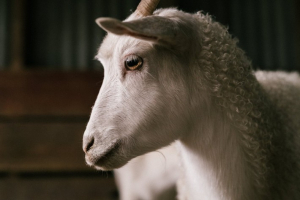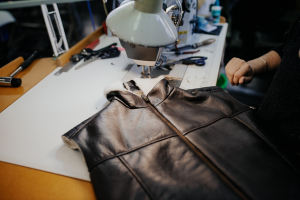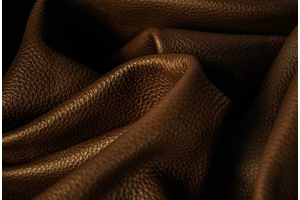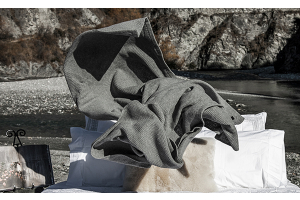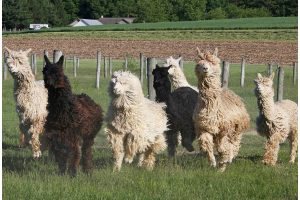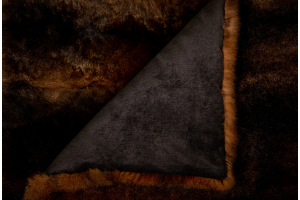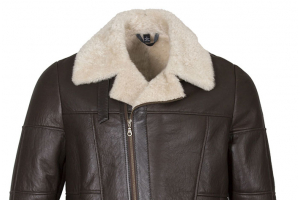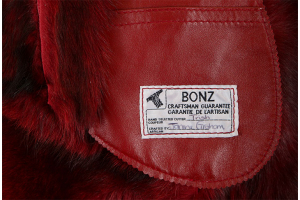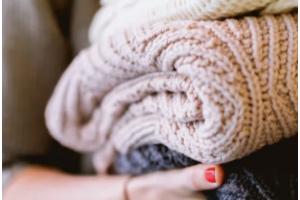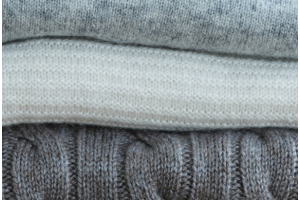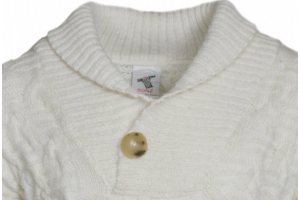We use cookies to ensure that we give the best experience on our website. Click here for more information
What is Mohair
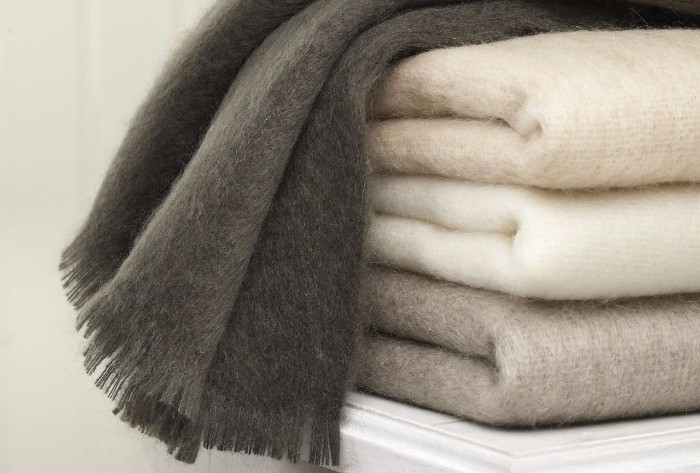
Mohair is a fabric or yarn made from Angora goat hair. Mohair is both durable and resilient, known for its high gloss and luster, which has earned it the nickname "Diamond Fiber", commonly used in fiber blends to add these qualities to textiles. Mohair absorbs dyes particularly well.
The Angora goat originated in Asia Minor and has settled in an area known as Ankara in Turkey for centuries. Angola was introduced to New Zealand in 1867. Captain Cook was the first European to bring goats to New Zealand.
Mohair Fiber Characteristics
-Durability: Mohair can be bent into any shape without damaging the fibers. This is due to its structure, which is the most durable of almost all animal fibers.
-Elasticity: Mohair can stretch an average of 30% over its entire length before being able to spring back into shape. Because of this characteristic, mohair products do not wrinkle, stretch or sag during wearing.
-Luster: The luster of mohair is one of the most important characteristics. Luster is caused by light being reflected more directly by the large external scales of the fiber. This luster or sheen helps dyed mohair to resist fading due to time and factors, making it extremely wear-resistant.
-Fineness: This is the most important feature for selecting mohair. According to the average fiber fineness, mohair is usually divided into Kid mohair, Young mohair and Adult mohair.
-Dyeability: Mohair is easy to dye and very bright. According to statistics, mohair can be dyed into hundreds of colors.
Production process
Historically, cashmere has been a luxury fibre that only the rich and influential can afford. It is said that Napoleon gifted his wife with several cashmere scarves. Many European nobleman also use cashmere products as status symbols.
Why is cashmere more expensive than other kinds of wool?
The manufacturing process of a mohair fabric generally goes through shearing, washing, carding, combing, spinning, dyeing, and knitting.
-Shearing Angora goats are sheared twice a year, using hand shears or electric scissors, without any harm to the goats. High breeding standards and strict breeding options ensure the perfect quality of the fiber.
-Washing After washing the fiber, dust and grease are removed.
-Carding Through the drafting and combing action of the carding machine, mohair fibers are straightened and aligned to remove most of the weeds and merge into loops or strips.
-Combing The mohair is transferred to the comber to remove the remaining impurities to form soft, luxurious mohair.
-Spinning Mohair is spun into yarn, which can be spun into yarns with different appearances according to different requirements.
-Knitting Mohair yarns can be used in the production of woven fabrics as well as in garment fabrics.

